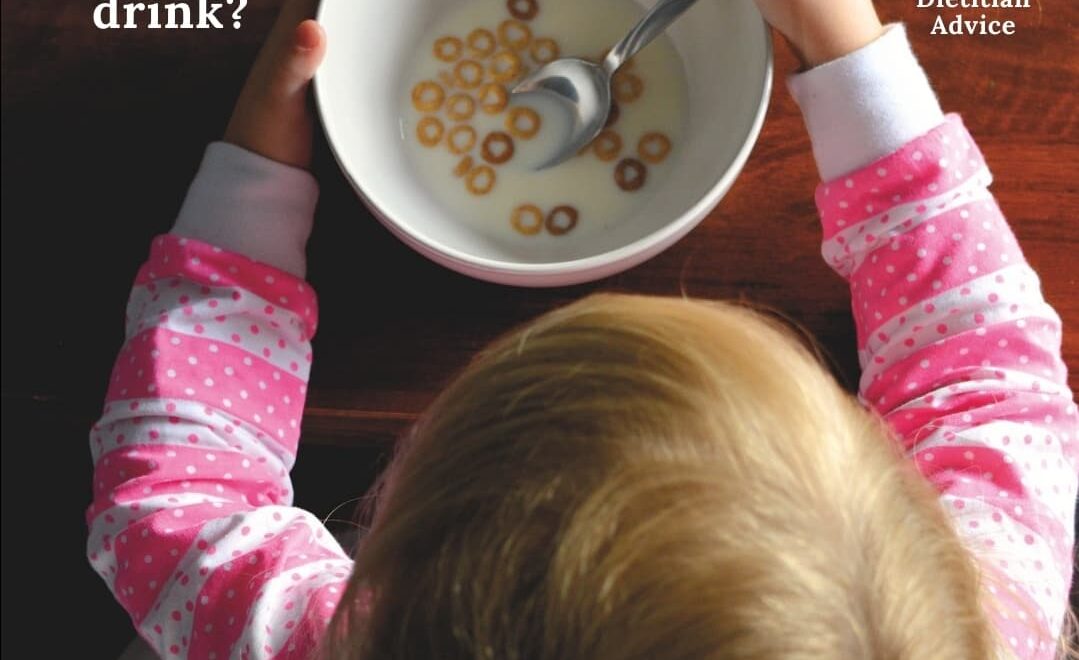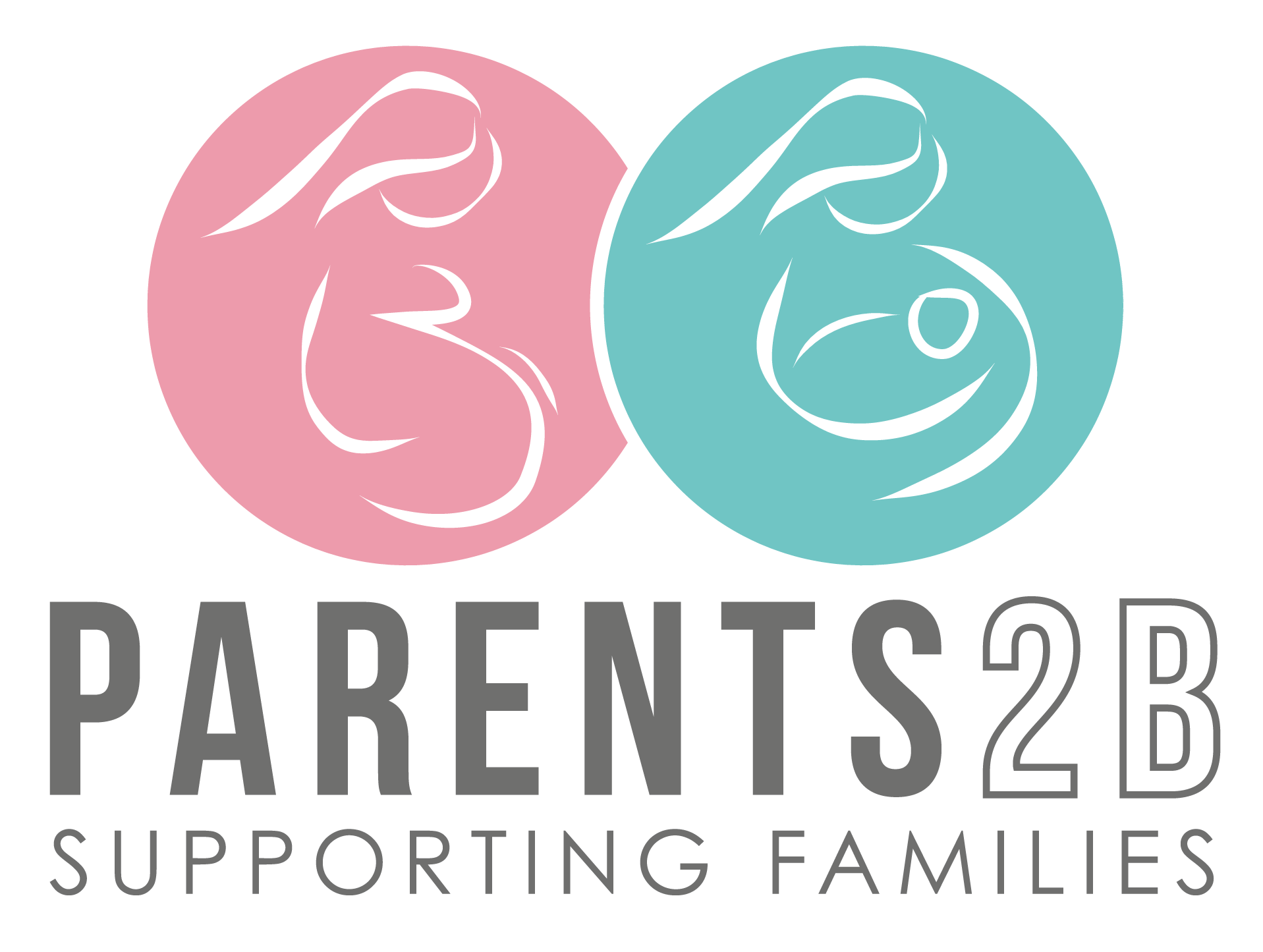
How much milk should my toddler drink?
I can not thank Janita Averay (APD), one of P2B’s resident Paediatric Dietitian and Director of Way of Life Nutrition enough for writing the following blog for my P2B followers:
How much milk should my toddler drink?
If you have a 1 year old, you may be wondering how much milk you should be offering them each day. You might also be asking yourself if you should be giving it in a bottle. Or should it be in a cup? With meals? At bedtime? What type of milk?
The questions are endless!
Even as a Dietitian, I found myself revisiting the guidelines to feel confident about how to transition to offering milk after 12 months. There is SO much information out there, whether you are looking online, in a parenting magazine or chatting to other parents. It can be confusing knowing what the right thing to do is!
There are a lot of dietary changes in the first 2 years of life. From holding your newborn baby and feeding them (whether breastfed or bottle fed) to introducing solids whilst still breast/bottle feeding. Then weaning and encouraging a “normal” diet. There are a lot of changes during the journey, and just when you think you have it right, their little appetite changes or a new tooth comes through, or their nap time changes and the whole routine needs to get adjusted!
So lets just keep it simple and stick to the facts; how much milk does a toddler need (presuming they are growing normally without allergies/intolerances).
“Milk” fits into the food group “milk, yoghurt, cheese and/or alternatives”. The Australian Dietary Guidelines recommend that for toddlers (1-2 years of age) 1 to 1 ½ serves from this food is recommended on average each day.
So what is a serve?
1 serve =
• 1 cup (250ml) milk
• ½ cup (125ml) evaporated milk
• 2 slices (40g) hard cheese
• ½ cup (120g) ricotta cheese
• ¾ cup (200g) yoghurt
So how much milk your toddler needs each day depends on how much of this food group they have in total each day. For example, if they have ½ cup milk on their breakfast cereal and 2 slices of cheese with lunch, they are already at 1 ½ serves for that day. If they have a small cup of milk with breakfast (eg. ½ cup) then some yoghurt for morning tea (eg. 100g) they are already at 1 serve per day.
Getting to the recommended average intake of 1 to 1 ½ serves per day is quite achievable.
Too much milk can lead to problems, for example it may interfere with appetite at mealtimes as it is a very filling drink. It may also increase the risk for iron deficiency. Too much milk (or too much of any food group) may also limit the amount of food eaten from other important food groups. It is all about balance.
When it is time to swap from breast milk or formula, we would recommend offering milk in a cup (with a lid and free flowing mouthpiece is fine until they are confident in drinking without the lid). For a healthy toddler there is no need to transition to a toddler milk first, they can go straight to full cream milk.
From the age of 2, they can than transition to reduced fat milk products.
For those toddlers that cannot tolerate milk or dairy products, we would encourage a review with your Paediatric Dietitian before trying alternatives to support you in selecting appropriate alternatives.
So how much of this food group is your toddler having each day? Consider keeping a food diary for 3-4 days to get an overview of their average daily intake (noting what is offered vs what is consumed).
Milk is a delicious and nutritious drink to have and a wonderful addition to a healthy, balanced diet.
But it is all about balance. For more info about the Australian Dietary Guidelines go to www.eatforhealth.gov.au
Written by Janita Averay APD
Paediatric Dietitian and Director of Way of Life Nutrition
* The information contained in this website is for general information purposes only. The information is provided by Parents2b and while we endeavour to keep the information up to date and correct, we make no representations or warranties of any kind, express or implied, about the completeness, accuracy, reliability, suitability or availability with respect to the website or the information, products, services, or related graphics contained on the website for any purpose. Any reliance you place on such information is therefore strictly at your own risk.


0 comments
Write a comment